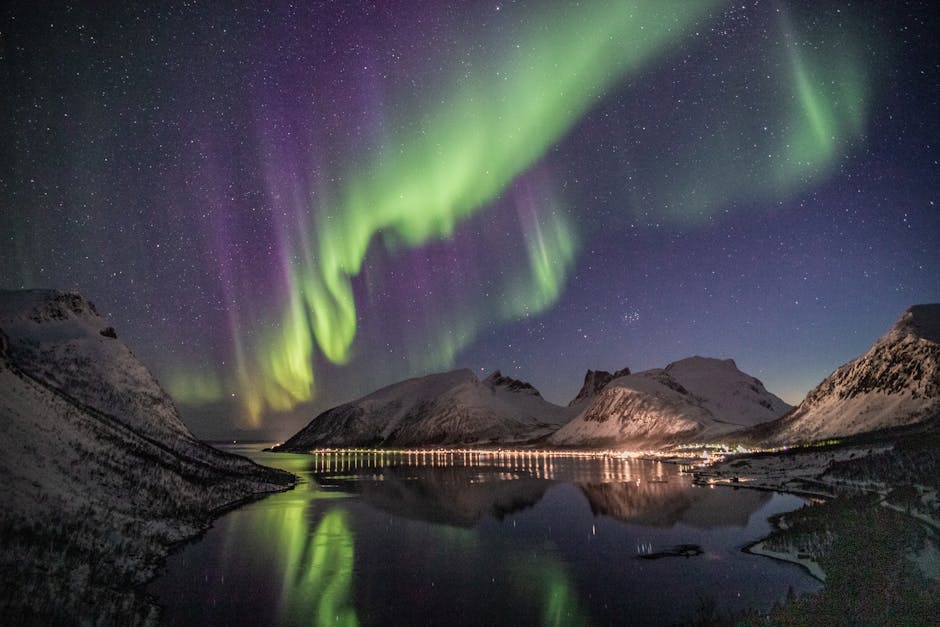
Landscape and Environment in Rock Art
Rock art is a fascinating form of expression that provides insights into the lives and beliefs of ancient cultures. One interesting aspect of rock art is its close relationship with the surrounding landscape and environment. Let's delve deeper into this intriguing connection.
Ancient societies carefully chose rock surfaces as their canvas, often selecting sites with unique geographical features or stunning natural landscapes. These locations served as a backdrop for their art and were likely considered sacred or significant in some way.
One can observe a clear correlation between the choice of imagery and the natural elements found in the surrounding environment. For example, rock art in desert regions frequently depicts scenes of drought, desert creatures, or nomadic lifestyles, highlighting the hardships faced by those communities.
In landscapes adorned with rivers or water bodies, ancient rock art often portrays aquatic animals, fishing scenes, or stories associated with water. This highlights the vital role water played in the lives of these cultures and their dependence on it for sustenance.
The environment is not only reflected in the subject matter of rock art but also in the techniques and materials employed. Rock engravings found in mountainous areas often utilize the natural contours of the rock surfaces, utilizing the existing shapes and textures to enhance the final artwork.
Furthermore, pigments used in rock art are often derived from natural materials found in the local environment, such as ochre or hematite. This demonstrates the close relationship between nature and artistic production.
The landscape and environment depicted in rock art can also provide valuable information about climate change and ecological shifts over time. By studying the imagery and its relation to the present-day landscape, archaeologists and researchers can gain insights into the past climates and ecosystems.
Exploring landscape and environment in rock art allows us to better understand ancient cultures, their relationship with nature, and the challenges they faced. By preserving and studying these artistic expressions, we can ensure that their stories continue to be told for generations to come.
